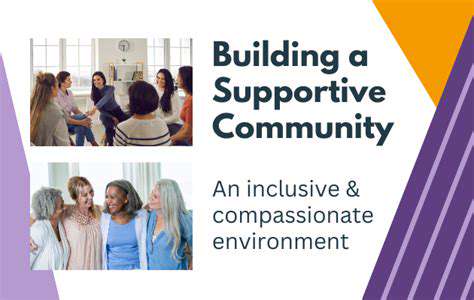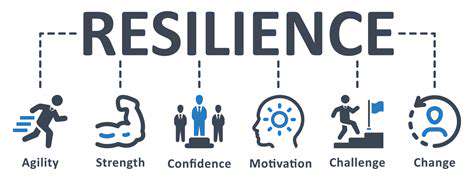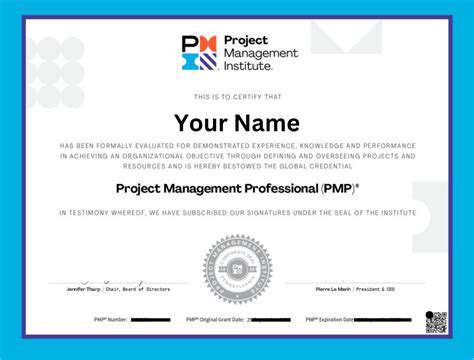Guide to Handling Workplace Gossip
Protecting Your Reputation and Mental Well-being
Understanding the Nature of Workplace Gossip
Workplace gossip, often subtle and seemingly harmless, can significantly impact individuals and work environments. Recognizing that gossip stems from insecurity, connection-seeking, or power dynamics helps develop constructive responses.
Gossip ranges from casual chatter to malicious rumors. Identifying subtle cues and patterns is essential for mitigating its effects on well-being.
Identifying and Recognizing Gossip Tactics
Gossipmongers use selective information sharing and crafted narratives to create exclusivity. Recognizing these patterns helps maintain emotional distance.
Negative emotional tones often fuel gossip - fear, jealousy, or schadenfreude. Awareness of these undercurrents helps identify when you're being targeted.
Protecting Your Mental Well-being from Gossip
Gossip's psychological impact includes stress, anxiety, and depression. Establishing boundaries and prioritizing self-care is essential when facing workplace negativity.
Proactive mental health management includes mindfulness practices, maintaining perspective, and seeking support from trusted colleagues.
Strategies for Addressing Gossip Directly (When Appropriate)
Sometimes direct confrontation is necessary. Approach such interactions with clear goals while maintaining professionalism.
Building a Support Network and Seeking Guidance
A strong workplace support network provides perspective during challenging times. HR involvement may become necessary if gossip escalates.
Mentors and trusted colleagues offer valuable advice for navigating gossip situations effectively.
Maintaining Professionalism and Avoiding Retaliation
Professional conduct is paramount when facing gossip. Avoid participation and focus on quality work. Responding with maturity prevents escalation and demonstrates character.
Addressing the Root Causes of Workplace Gossip
Understanding the Motivations Behind Gossip
Workplace gossip frequently stems from desires for connection and belonging. Employees may gossip to establish social standing or fill communication voids. Recognizing these motivations is crucial for effective intervention.
Validation and power needs also drive gossip. Some employees spread information to feel important or influence others.
Identifying the Types of Workplace Gossip
Gossip varies from malicious reputation attacks to benign chatter. Even harmless-seeming conversations can foster negativity if unchecked.
Rumors and office politics gossip create unique challenges. Unconfirmed information spreads rapidly, while political gossip blurs with legitimate discussion.
The Impact of Gossip on Team Dynamics
Gossip erodes trust, creating suspicion that damages collaboration and productivity. Targeted employees often withdraw, harming team cohesion.
Preoccupation with rumors distracts from work and reduces receptiveness to feedback, creating organization-wide performance issues.
Strategies for Addressing Gossip at the Source
Open communication channels and team-building activities reduce gossip's appeal. Clear behavioral expectations help prevent gossip from becoming pervasive.
The Role of Leadership in Managing Gossip
Leaders must model respectful behavior and address gossip promptly. Consistent policy enforcement and accountability foster healthier workplace cultures.
Employee Responsibility in Preventing Gossip
All staff share responsibility for maintaining positive environments. Choosing not to participate in gossip and reporting harmful behavior are essential contributions.
Building a Positive and Respectful Work Environment

Cultivating a Culture of Respect
Respectful environments require ongoing effort from all levels. Valuing diverse perspectives and creating safe expression spaces enables innovation.
Respectful communication involves active listening and avoiding discriminatory language. Challenging disrespectful behavior promotes inclusivity.
Establishing Clear Communication Channels
Transparent communication through regular meetings and feedback mechanisms ensures all voices are heard. Confidential reporting options help address concerns safely.
Promoting Active Listening and Empathy
True listening requires attention to both content and emotional subtext. Empathy training helps staff appreciate colleagues' diverse experiences.
Encouraging Collaboration and Teamwork
Shared projects and knowledge exchange build community. Cross-functional collaboration sparks innovation while strengthening relationships.
Addressing Conflict Constructively
Healthy conflict resolution focuses on mutual understanding. Viewing disagreements as growth opportunities transforms workplace dynamics.
Celebrating Diversity and Inclusion
Inclusive policies and mentorship programs help all employees feel valued. Diverse workplaces unlock greater innovation and engagement.
Read more about Guide to Handling Workplace Gossip
Hot Recommendations
- How to Stay Productive While Working Remotely
- Tips for Managing Conflict with Coworkers
- Entrance & Certification Exams (升学考试)
- How to Improve Your Storytelling Skills (Speaking)
- How to Find Profitable Side Hustles
- Tips for Preparing for the TOEFL iBT Home Edition
- Guide to Switching Careers from [Industry A] to [Industry B]
- How to Run an Effective Hybrid Meeting
- Tips for Marketing Your Side Hustle on Instagram







![Best Tools for Team Collaboration [2025]](/static/images/32/2025-05/StreamliningProjectManagementforEfficiency.jpg)



